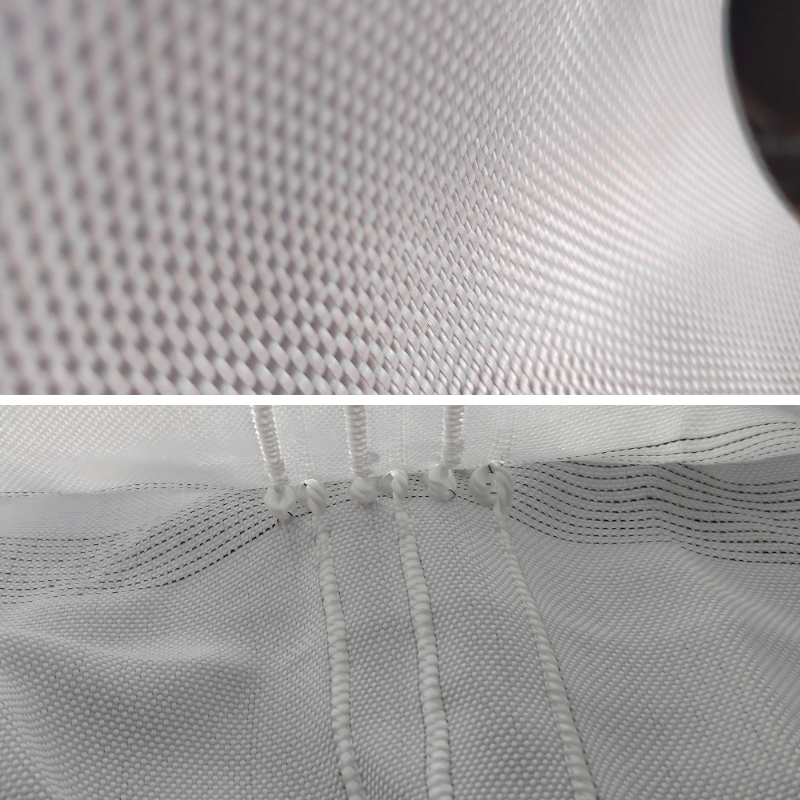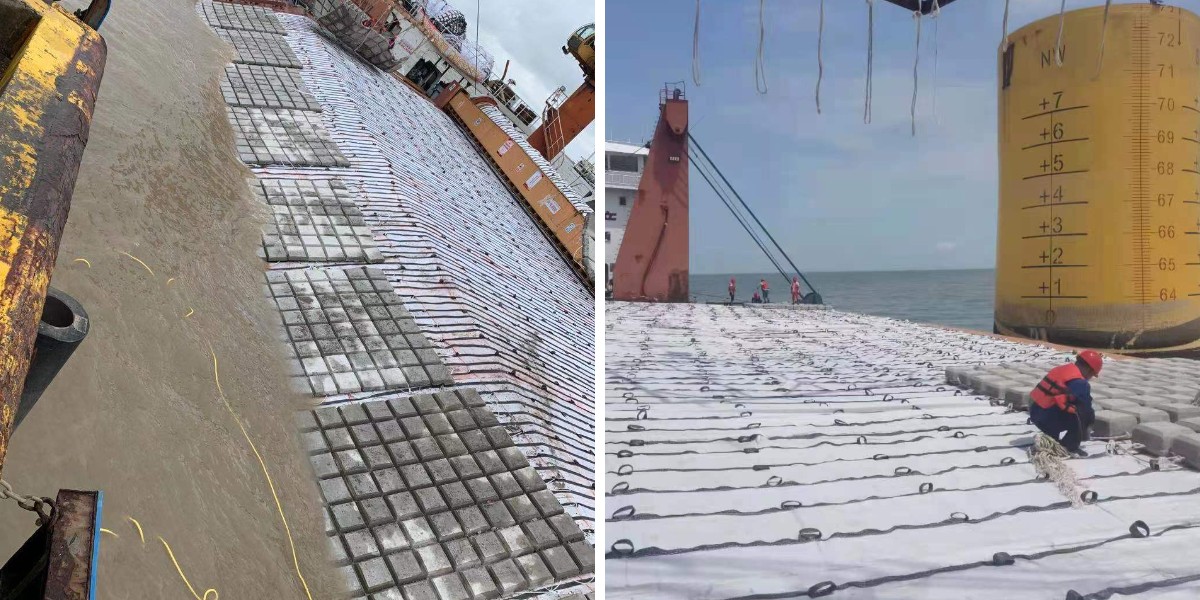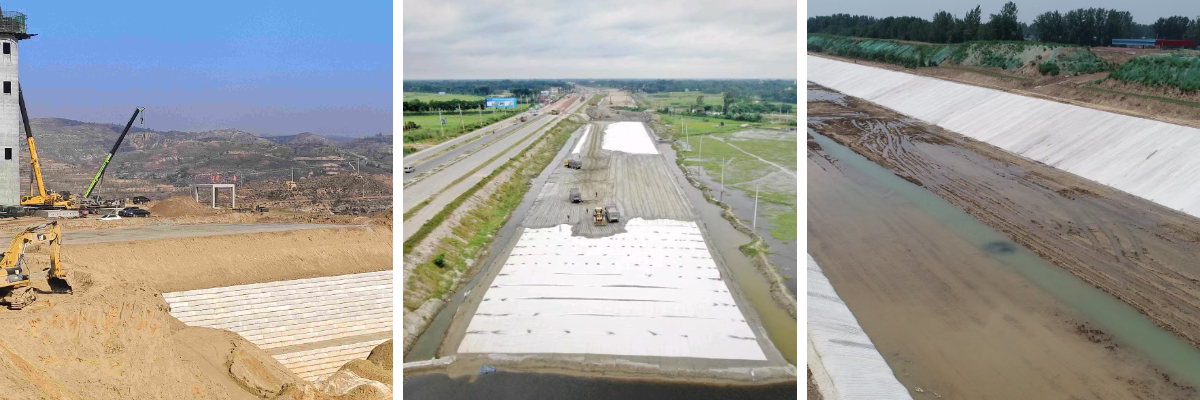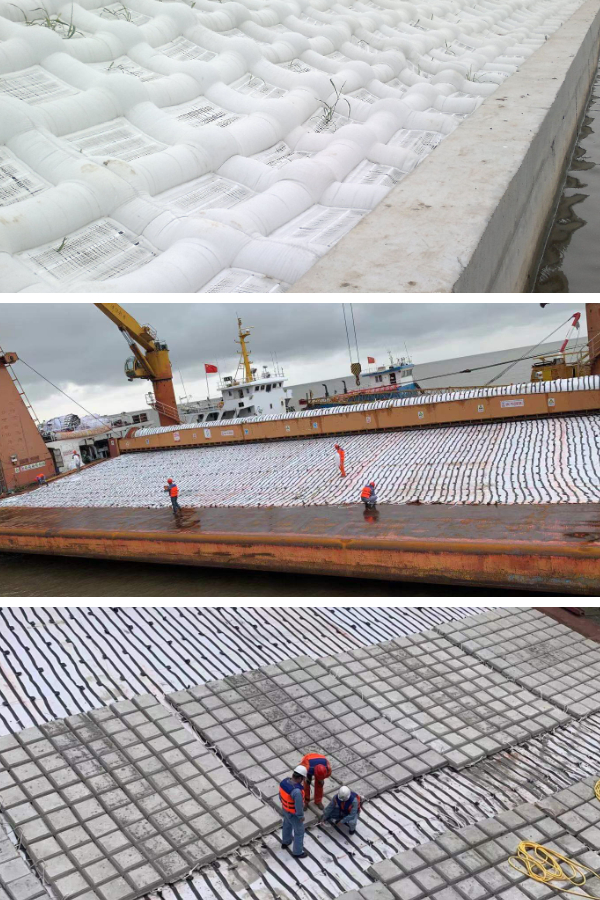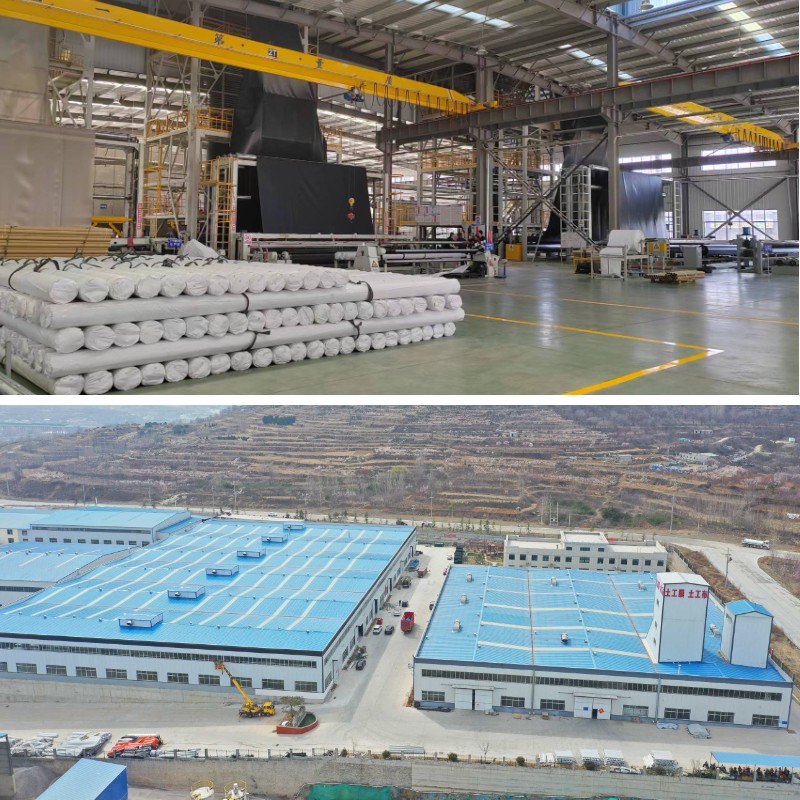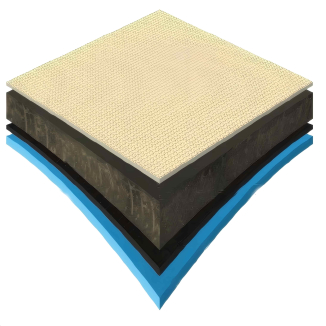Improving Drainage Systems with Woven Geotextile Fabrics
Struggling with waterlogged soil, terrible drainage, or unstable ground? These frequent troubles can plague building projects, agricultural land, and landscaping efforts, main to expensive repairs and failures. The answer lies now not in complex, pricey engineering alone, however in a simple, but fantastically fine material: the Woven Type Geotextile. This article serves as your complete information to appreciation how this modern material can revolutionize your drainage systems, making sure long-term steadiness and performance.
Understanding the Core Problem: Why Do Drainage Systems Fail?
Before diving into the solution, it is vital to recognize what reasons drainage structures to underperform. Traditional systems, like these the use of gravel and pipes alone, are regularly inclined to two predominant issues:
Soil Infiltration: Over time, surrounding soil particles can migrate into the gravel or pipe voids. This clogs the system, decreasing its ability to channel water and subsequently inflicting it to fail completely.
Clogging: Fine silt and clay particles can wash into the drainage aggregate, developing a muddy, impermeable combination that blocks water flow.
This is the place a strategic separator and filter will become essential. By incorporating a specialised Permeable Geotextile Fabric, you create a barrier that prevents these issues whilst permitting water to bypass thru freely.
What is a Woven Geotextile? A Technical Deep Dive
A Woven Type Geotextile is a artificial material manufactured by using weaving collectively man or woman polypropylene or polyester tapes or filaments. This manner creates a strong, durable, and dimensionally secure sheet with regular pore openings. Unlike its non-woven counterpart, which is felt-like and used extra for separation and filtration in much less disturbing applications, the woven cloth is engineered for choicest power and filtration control.
The key attribute of any Geotextile Permeable is its capacity to allow the passage of water whilst limiting the motion of soil particles. The specific weaving sample of a Woven Type Geotextile offers it a awesome gain in this role, providing extraordinary mechanical houses for stressful applications.
The Multifunctional Role of Woven Geotextile in Drainage
Integrating a Woven Type Geotextile into your drainage format affords three primary, interconnected functions: separation, filtration, and reinforcement.
1. Separation: Preventing the Mixing of Dissimilar Soils
One of the most crucial roles of the cloth is to act as a everlasting separator between two distinctive layers of soil, such as the smooth subsoil and a smooth gravel drainage layer. Without this barrier, dynamic masses from visitors or equipment would pressure the gravel down into the smooth soil and push the high-quality soil up into the gravel. This intermixing compromises the structural integrity and hydraulic overall performance of each layers. A sturdy Permeable Geotextile Fabric prevents this, making sure the drainage layer retains its thickness and performance over the lengthy term.
2. Filtration: Allowing Water In, Keeping Soil Out
This is the coronary heart of any drainage application. A Geotextile Permeable acts as a filter positioned adjoining to the soil. It is designed to maintain lower back the majority of soil particles whilst permitting groundwater to seep thru into the drainage system. The cautiously managed pore dimension of a Woven Type Geotextile is ideal for this. It helps a system the place a small quantity of the best soil particles originally structure a "filter cake" on the fabric's surface. This herbal layer then acts as an even finer filter, bettering the system's normal effectivity besides inflicting blinding or clogging of the geotextile itself.
3. Reinforcement: Adding Strength and Stability
Due to their excessive tensile strength, Woven Type Geotextile merchandise make a contribution extensively to soil reinforcement. They distribute hundreds over a wider area, decreasing factor stresses and growing the ordinary bearing potential of the soil. This is in particular necessary in areas with vulnerable subgrades, such as on embankments or below get admission to roads, the place the drainage gadget additionally desires to grant structural support.
Step-by-Step: How to Install a Drainage System with Woven Geotextile
Proper set up is key to reaching the preferred overall performance from your Permeable Geotextile Fabric. Here is a prevalent guide:
Site Preparation: Excavate the trench or location to the required depth and dimensions. Ensure the subgrade is clean and free of sharp stones, debris, or protruding objects that ought to puncture the fabric.
Fabric Placement: Roll out the Woven Type Geotextile alongside the complete size of the trench, making sure it extends up the facets and has sufficient surplus to wrap over the pinnacle of the drainage mixture later. The seams ought to overlap through a advocated quantity (typically 12 to 18 inches) to make sure continuity.
Adding Drainage Aggregate: Place the clean, washed gravel or overwhelmed stone drainage mixture on pinnacle of the laid Geotextile Permeable. Carefully fill the trench to the special height, warding off any harm to the material from machinery.
Placing the Drain Pipe: Lay the perforated drain pipe on pinnacle of the mixture layer, making sure it has a regular fall for water to waft away.
Backfilling and Wrapping: Add extra mixture to cowl the pipe. Then, wrap the surplus edges of the Woven Type Geotextile over the pinnacle of the combination to entirely encapsulate the drainage core. This creates a included "drainage sandwich."
Final Backfill: Finally, backfill the trench with the native soil or different designated topsoil, and compact as necessary.
Key Applications Where Wrenching Woven Geotextile Excels
The versatility of Woven Type Geotextile makes it appropriate for a huge vary of drainage applications:
French Drains and Trench Drains: This is the traditional utility described above. The Permeable Geotextile Fabric wraps the gravel fill, stopping siltation and preserving excessive waft capability for years.
Road and Pavement Edge Drains: Installed alongside roads, these drains intercept subsurface water that can weaken the avenue base. The power and filtration residences of the Geotextile Permeable are necessary for long-term overall performance beneath heavy site visitors loads.
Retaining Wall Drainage: Behind holding walls, hydrostatic strain buildup is a main reason of failure. A vertical drain consisting of gravel wrapped in a Woven Type Geotextile relieves this strain effectively.
Landfill and Pond Liners: In these applications, the material is used to guard the impermeable liner from puncture and to furnish a drainage pathway for leachate or gases.
Sports Fields and Landscaping: Ensuring suitable subsurface drainage is necessary for the fitness of turf and plants. A Woven Type Geotextile stabilizes the floor and allows environment friendly water management.
Advantages Over Traditional Methods and Non-Woven Geotextiles
Choosing a Woven Type Geotextile for drainage affords awesome benefits:
High Tensile Strength and Low Elongation: It affords ideal reinforcement and steadiness in contrast to non-woven geotextiles.
Robust Filtration: The slit-film or monofilament weaving creates precise, steady pore openings that are much less susceptible to clogging from best soils than the extra random shape of some non-wovens.
Excellent Durability: High resistance to ultraviolet degradation, biodegradation, and frequent soil chemical substances ensures a lengthy provider life.
Cost-Effectiveness: By extending the existence of the drainage device and decreasing upkeep needs, the preliminary funding in a excellent Permeable Geotextile Fabric will pay for itself many instances over.
Frequently Asked Questions (FAQs)
Q1: Can I use a non-woven geotextile for drainage instead?
While non-woven geotextiles are used for filtration, a Woven Type Geotextile is regularly desired for drainage purposes the place excessive electricity and precise, long-term filtration are required, particularly in finer-grained soils. The woven fabric's shape is higher at stopping soil particle migration underneath non-stop water flow.
Q2: How do I pick out the proper weight or strength?
The determination relies upon on the soil type, the depth of the installation, and the anticipated loads. For a easy residential French drain, a lighter weight may also suffice. For below a roadway or in a heavy-duty industrial setting, a a whole lot more suitable Woven Type Geotextile is necessary. Always seek advice from technical records sheets or an engineer.
Q3: Is the material environmentally friendly?
Modern Geotextile Permeable merchandise are made from inert polymers and do no longer leach damaging chemical substances into the soil. Their foremost environmental gain is in maintaining the integrity of the land with the aid of stopping erosion and soil loss, and by means of extending the lifestyles of infrastructure, for that reason decreasing the want for resource-intensive repairs.
Conclusion: Build Smarter, Not Harder
Incorporating a Woven Type Geotextile into your drainage design is a proven, sensible engineering strategy. It transforms a easy trench of gravel into a high-performance, long-lasting system. By imparting most useful separation, filtration, and reinforcement, this versatile Permeable Geotextile Fabric solves persistent drainage problems, saves cash on future maintenance, and ensures the balance and success of your project. Whether you are a contractor, engineer, or a devoted DIYer, appreciation and using the electricity of a great Woven Type Geotextile is the key to constructing long lasting and high quality drainage solutions.
Contact Us
Company Name: Shandong Chuangwei New Materials Co., LTD
Contact Person :Jaden Sylvan
Contact Number :+86 19305485668
WhatsApp:+86 19305485668
Enterprise Email: cggeosynthetics@gmail.com
Enterprise Address: Entrepreneurship Park, Dayue District, Tai 'an City,
Shandong Province


